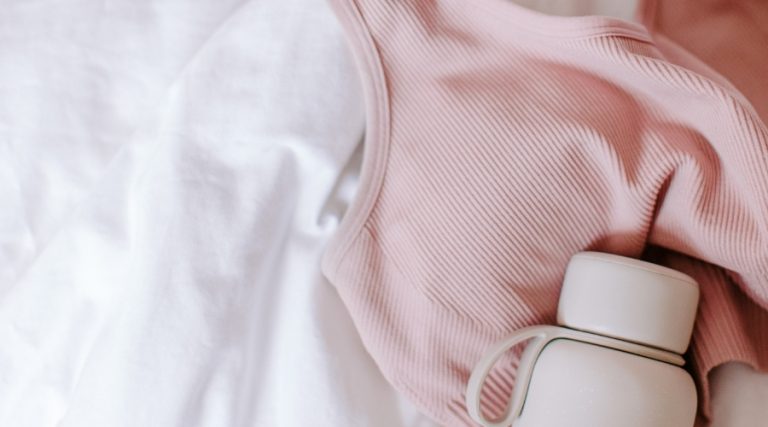How to Self-Soothe Anxious Attachment – 10 Practical Tips
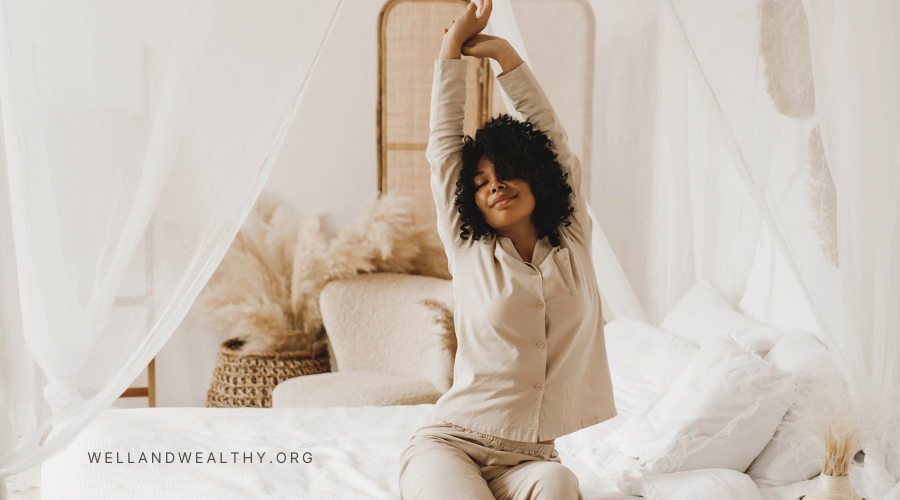
Did you know that how we behave in our relationships is shaped by our upbringing? A person can display signs of insecurity in a relationship or requires a lot of validation from their partners. According to the principle of attachment theory, such a person exhibits anxious attachment.
Luckily, one can get over this lifestyle. This complete guide will explain signs and how to self-soothe anxious attachment. Read on.
What Is an Anxious Attachment Style?
An anxious attachment style stems from a fear of abandonment and insecurity of being underappreciated. It is one of the main attachment styles that an individual might have. This attachment is often referred to as preoccupied attachment disorder.
Generally, people with this attachment style have trouble maintaining healthy relationships. This is because their inner self and the people closest to them are clouded by uncertainty. As a result, those landing on the anxious attachment style can often be clingy to others.
As an affiliate partner of various brands and sponsored content, we may earn commission on qualifying purchases. Disclaimer | Advertise With Us
An anxious attachment style usually results from a combination of factors. Since everyone’s story is different, the reason why a person may fall within this side of the curve may also vary. But, common factors that may lead to anxious attachment include:
- History of past trauma
- Exposure to an inconsistent or unpredictable environment at an early age
- Failure of your caregiver to attune to your needs or provide you with a stable environment
- Your temperament
People with an insecure attachment style are usually aware that they seek others to regulate their overwhelm. Also, they often feel rejected or dismissed by their partners. When this happens, they panic or display anger. In addition, they may protest to elicit caring responses from others. If left unchecked, they argue with partners till they can guilt them into submission.
These individuals place survival needs on top of authenticity and often give up their desires to win their partner’s approval. To them, the illusion of love and being wanted is more important than the real identity of their partners.
Signs That You May Have an Anxious Attachment Style

Identifying whether you have an anxious attachment style is easy when you know the signs. A few common signs of an anxious attachment style include:
- You are sensitive and hyper-vigilant about emotional unavailability in others
- You’re worrying or doubting your relationship
- You face trouble setting boundaries
- You seek reassurance and validation
- You worry that your partner may leave you
- You end up acting out, saying, or doing things you later regret
- You crave intimacy or closeness more than others
- You often find yourself jealous and controlling
- You fear infidelity all the time
- You have low self-esteem and display signs of codependency
- People pleasing tendencies
- A positive view of others
Relationships can seem too overwhelming to people with an anxious attachment style. This leads them to curl up into endless stress and worry. If the signs mentioned above sound too familiar, you may need help. But it doesn’t necessarily have to be this way. One can find ways to calm down and self-soothe anxious attachment. As long as you remember that you have the power that no external event can take away, you can develop your self-soothe toolkit to access inner peace.
What Triggers Anxious Attachment?
Anxious attachment disorder indeed stems from inconsistent parenting. But if dealt with, people with such a disorder can function as normal adults and enjoy relationships. Some of the most obvious emotional triggers include:
- If your partner seems distant and distracted or even starts behaving inconsistently
- Threatening emotional stimuli (for example, when a partner seems to be unavailable)
- Reminders of past betrayals no matter how small or big they may be
- When a partner forgets essential events such as anniversaries or dinner
- Rejection
- If your partner doesn’t call or message back when anticipated
- When your partner starts coming home late
- When a partner fails to notice something new like a makeover, a new shirt, or a new haircut
- New acquaintances
- Suddenly being in the limelight
Continuous triggers can be exhausting and strip years of your life. The triggers mentioned above are some of the most common ones that may cause panic and withdrawal. They may also become over-emotional or even lash out in anger.
While there isn’t much one can do to control how others act or react, we can take steps to cut its impact. So, before you learn techniques to self-soothe anxious disorders, you must first identify your triggers.
How to Self-Soothe Anxious Attachment?
Learning to heal or self-soothe anxious attachment isn’t tough once you acknowledge it and know the potential triggers. Once this happens, you will understand why you have been acting strange. Below are some of the most effective ways to help you navigate the situation.
Practicing awareness
People with an anxious attachment style usually have a set of in-built automatic responses when dealing with negativity. Gaining awareness of such reactions is crucial. Doing so helps one practice a healthier response if such a situation repeats itself. Reflecting on how you felt and reacted to such moments in the past increases your sense of awareness and helps you prepare beforehand
So next time you land in such a situation, try to remove yourself. Instead of responding immediately, take a short walk to gather your thoughts and respond in the best way possible. Practicing awareness of how you interact in a relationship is essential. It helps you break the previous pattern of behavior and prevents you from hurting your partner’s feelings.
Remember to breathe
Changing your physiology and regulating your nervous system is also essential to self-soothe after a trigger. When a person feels triggered, they either end up in a fight, flight, or freeze mode. When this happens, one loses the ability to think straight and acts on impulses.
To avoid doing so, practice the pause and take some time to breathe. You can even place your hands on your belly to connect with your breath. This technique is quite helpful and helps send signals to your brain that you are safe.
Alternatively, if you feel anxious about an event or at the moment, engage in activities that help you feel more grounded and less stuck. This includes practicing yoga, walking in nature, or exercising. Also, a massage can be helpful.
Exercise is a vital means to regulate your feelings. It keeps your thoughts in check as your body movements relieve muscle tension and anxiety. Also, exercise stabilizes your brain and promotes the release of a happiness hormone called serotonin.
Return to basics
Since your inner child was the one who first experienced anxious attachment, it is only logical to start from the basics and work towards healing your inner child. Allowing yourself to experience love, support, and kindness can be a great start. While doing so, try to check in with yourself from time to time and be compassionate.
Forgive yourself for any mistakes that might have happened, and try comforting yourself instead. Simply consider your inner child innocent and treat yourself the way you would a child.
Challenge your thoughts
In case you find yourself stuck in a pattern of negative thoughts, brush them off. Remind yourself that no matter how real these thoughts may sound or feel, the truth is that they aren’t. Consider whatever solid evidence you may have of the event, and then analyze whether your feelings are genuine.
Ask yourself if there is a more plausible explanation. Challenging your thoughts is the first step towards breaking the web of negativity. It brings you closer to soothing anxious attachment.
Recognizing the importance of self-care
Irrespective of your attachment style, taking time daily to care for yourself is crucial for one’s mental and physical health. Contrary to popular belief, self-care can take various forms.
Self-care ranges from engaging in a hobby to watching your favorite television show. It also includes activities that reduce stress and tension or even taking a long bath. The goal here is to be consistent and build internal resources. For example, resilience strong-arms you to handle any form of worries or anxiety.
Harnessing the power of mindfulness
Another great technique to invest in is mindfulness. It is the ability to be aware and present of where one is and what they are doing rather than acting instinctively or being unaware of one’s own emotions.
According to research, mindfulness helps reduce anxiety. Also, it teaches how to respond to stressful incidents. Mindfulness equips you to identify and process emotions and see things from a different perspective.
Some of the commonly practiced mindfulness activities include:
- Yoga
- Tai chi
- Guided meditation
- Journaling
- Walking meditation
By practicing these activities, you end up ridding yourself of aggressive, needy, or clingy feelings. Instead, you allow yourself to feel calmer and relaxed.
Learning to externalize your feelings
While learning to self-soothe anxious attachments, externalizing your feelings is another excellent technique one should master. This involves letting go of all your thoughts and emotions and putting them. Creating art, music, or journaling are healthy ways to externalize one’s feelings and manage emotions. Engaging in such activities frees you from your bottled emotions. Also, these activities help you recognize common patterns in your thoughts and behavior.
While learning how to self-soothe is effective in breaking the negative thought pattern and coping with anxious attachments, self-help is often not enough. If you feel that the techniques mentioned above are not working for you, it’s time to get in touch with the experts. Seeking therapy is helpful when it comes to dealing with anxious attachments. Through therapy, one learns to identify attachment patterns and examine their feelings. Therapy also helps you approach relationships healthier.
Involving the professionals

Today, there are several routes one can opt for while seeking therapy. For instance, cognitive behavioral therapy (CBT) helps you identify negative thoughts and patterns. It also allows you to learn how to change them. Also, one can opt for interpersonal therapy (IPT) if the goal is to work on interpersonal and social interactions.
Another course of therapy worth looking into is psychodynamic psychotherapy. This is especially effective for people who wish to focus more on their unconscious emotional dynamics. Psychodynamic psychotherapy helps you examine your core attachment style. It also allows you to follow a treatment plan best suited to your circumstances.
A support system is vital
In most cases, you need to clear your mind – this is where a support system is vital. A support system can range from close friends or relatives. But remember that the effect of a support system doesn’t outweigh that of professionals. This is because the person you see as a support system may have personal issues.
Interestingly, you can join a community of guided personals with similar issues as yours and work to achieve the same goal.
Adequate sleep
This is probably the least expected tip. But you need adequate sleep to self-soothe anxious attachment.
Generally, inadequate sleep messes with your mental health and overall mood. Lack of sleep makes one more prone to anxiety. Hence, try to sleep for at least seven hours daily as much as possible.
How to Self-Soothe Anxious Attachment – Conclusion
People with anxious attachments usually spend most of their lives surrounded by fear, anger, and shame. According to experts grieving these feelings of helplessness is the first step toward healing. Failure to do so will result in you lashing out in disproportionate amounts.
With that being said, there’s still hope and light at the end of the tunnel. Awareness of what triggers your anxiety and mastering the tips mentioned above on how to self-soothe anxious attachment may take time. Still, in the long run, they can help you become more securely attached. So go ahead and start your healing journey today. We wish you all the best in your love life and relationships.
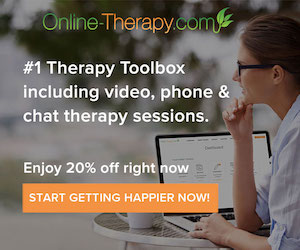

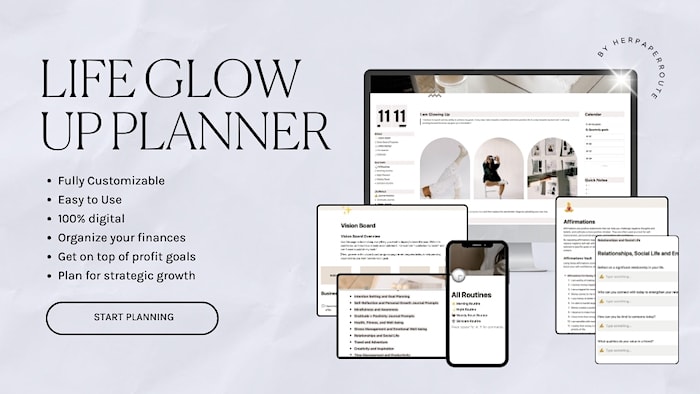
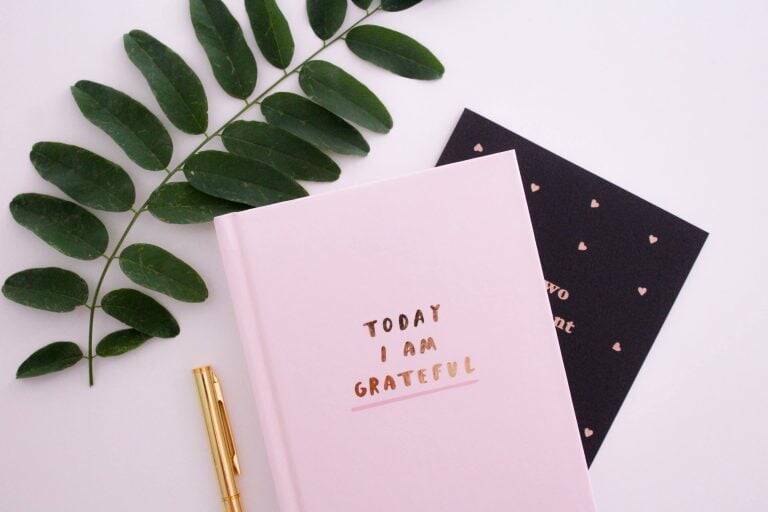

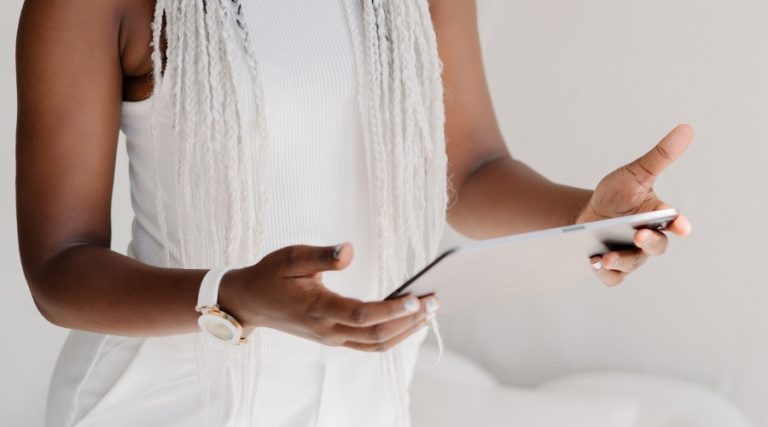
![How to Calm Down When You’re Stressed and Anxious (RELAX quickly and easily!]](https://wellandwealthy.org/wp-content/uploads/2020/05/haute-stock-photography-serene-bedroom-collection-final-18-768x512.jpg)

